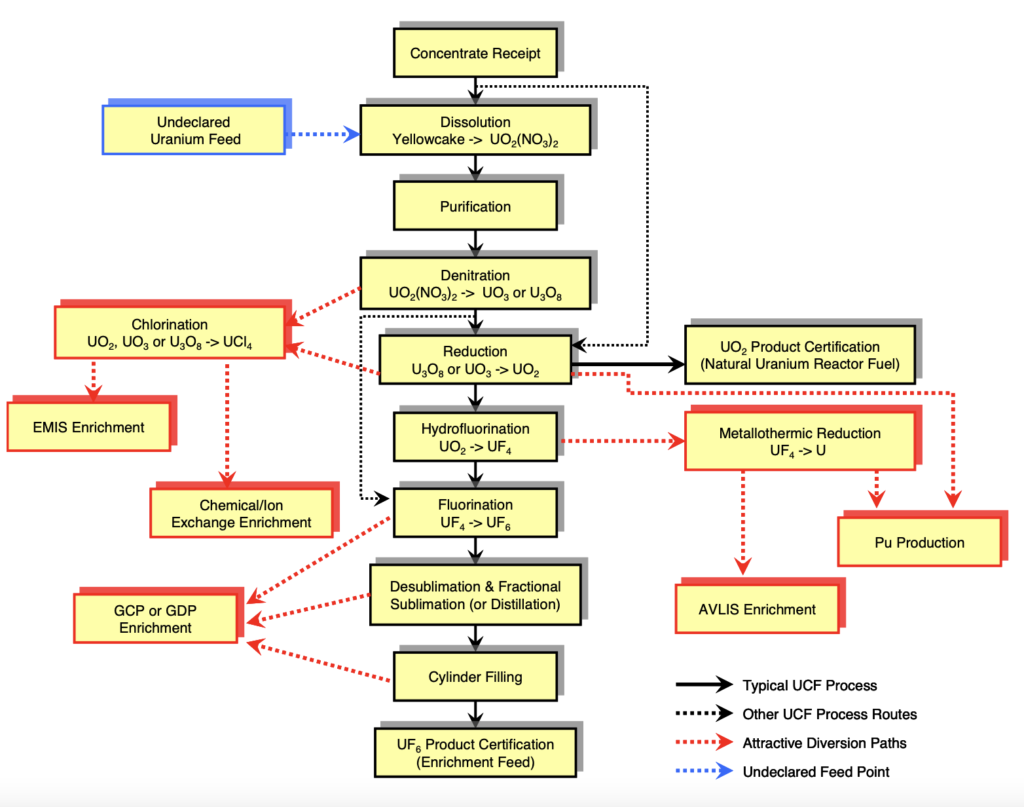Sometimes a state tests a weapon to determine if the weapon will work.
Category Archives: Uncategorized
Crude Nuclear Device…A Band
I found this while searching for something else.
OPCW on Halabja Attack
An excerpt from the recent OPCW statement:
The chemical attack on Halabja horrified the world and galvanised the international community in its efforts to permanently prohibit and eliminate chemical weapons.
This culminated in the adoption of the Chemical Weapons Convention and its eventual entry into force as a legally binding agreement, now adhered to by 193 States.
Skinny Puppy recorded a track about the attack years ago:
Review of ACW Crass/CND Post
The Hippies Now Wear Black was kind enough to write something about my Arms Control Wonk post on Crass and CND:
Kerr’s thinkpiece is a result of recent conversations with Steve Ignorant and with Penny Rimbaud. “The former seems like a geezer you’d chat with in a pub; the latter comes across as an anti-capitalist Gandalf,” Kerr suggests.
EURATOM and NWS Inspections
This paper which I have previously cited has a section on the implementation of safeguards in EURATOM NWS:
A specific provision in the EURATOM Treaty does foresee the right of the EU’s NWS, France and UK, to possess and manage a non-safeguarded fuel cycle for national defence purposes.
It is to be noted that implementation of the EURATOM safeguards system is done in a non- discriminatory way among all the 27 EU-Member States. Across the whole EU, nuclear materials and the basic technical characteristics of the nuclear facilities are subject to the same in-depth verification schemes in NWS and NNWS. In line with the number and complexity of the nuclear installations in the two NWS of the EU, about 60 % of the total EURATOM inspection effort was spent in the NWS in 2010.
Comment RE: William Foster
I received a great comment on “New State Department Documents on NPT:”
These docs are amazing! My husband attended this signing because his is William C Foster’s grandson. He was the only child in the room. Our family is processing lots of WCF’s papers and pictures, and making them available. We’ll definitely link to this amazing doc. Thank you!
Uranium Conversion Plant Diversion Streams
From the same ORNL/CNEN paper from which I previously quoted:
3 GENERIC DIVERSION STREAMS
One possible diversion point indicates that the UO2 produced in the reduction process can be sent for plutonium production…The UF4 produced in the hydrofluorination process can be reduced into uranium and directed to an atomic vapor laser isotope separation (AVLIS) process for enrichment. The UF6 produced at the fluorination stage of the process can be directed to a gaseous centrifugal enrichment process (GCEP) or a gaseous diffusion enrichment process (GDEP). The UF6 from the desublimation and fractional sublimation (or distillation) can also be sent for GCEP or GDEP enrichment. The UF6 from cylinder filling can be sent for GCEP or GDEP enrichment as well.
The paper includes a handy diagram:

A Bit on EURATOM Safeguards History
From the same paper on EURATOM:
The existence of safeguards supervision by the European Commission was an important element in the EURATOM cooperation agreements with third States. Especially in the early days of the Treaty it paved the way for the facilities in the EURATOM Member States to receive nuclear materials and equipment. EURATOM’s first nuclear cooperation agreement was concluded with the USA and entered into force in 1958. It was followed by nuclear cooperation agreements with a number of other countries. Many of these cooperation agreements include reporting requirements on the use of the supplied nuclear materials or equipment, and are going beyond the scope of IAEA safeguards.
EURATOM Safeguards
In case anyone’s interested, here’s a good paper explaining the EURATOM safeguards system: For instance:
3.3 EURATOM safeguards inspectorate
The EURATOM safeguards inspectorate is a service of the European Commission and has its base in Luxembourg. During 2010, EURATOM’s 150 safeguards inspectors carried out more than 1400 inspections (with about 4000 person-days of inspection). The inspectors are supported by a technical support unit and a nuclear materials accountancy unit.
The EURATOM Treaty gives the Commission the right to send inspectors into the territories of the Member states who shall at all times have access to all places and data and to all persons who deal with materials, equipment or installations subject to safeguards. This right of access can be enforced by the Court of Justice of the EU if necessary. Inspectors are directly employed by the Commission and are therefore independent from their country of origin.
Uranium Conversion
This 2009 paper written by experts from ORNL and CNEN contains a good summary or uranium conversion:
2. TECHNICAL PROCESS FOR NATURAL URANIUM CONVERSION PLANTS
A generic production process for natural uranium conversion normally begins with yellowcake dissolution in nitric acid, followed by a solvent extraction and purification process, followed by a concentration process in an evaporator. These are three common stages to almost any NUCP. Then, one of two main routes may be followed depending on the size of the conversion plant. For small plants (approximately 100–700 MTU/year), precipitation to ammonium diuranate (ADU), ammonium uranyl carbonate (AUC), or uranyl peroxide (UO4uranium dioxide (UO) is followed by calcination to 2). These staged processes are typically operated in batch rather than continuous mode. For medium (>1000 MTU/year) and large (>10,000 MTU/year) plants, a thermal denitration process to convert UN into uranium trioxide (UO3) or triuranium octaoxide (U3O8) is followed by an oxide reduction process to produce UO2. Then regardless of the size of the plant, the UO2 is hydrofluorinated to uranium tetrafluoride (UF4) using hydrogen fluoride (HF). The UF4 can then be fluorinated into uranium hexafluoride (UF6) using fluorine or reduced into uranium metal using magnesium and heat. The simulation of the process is performed using FLOW (a simulation program developed at ORNL).
